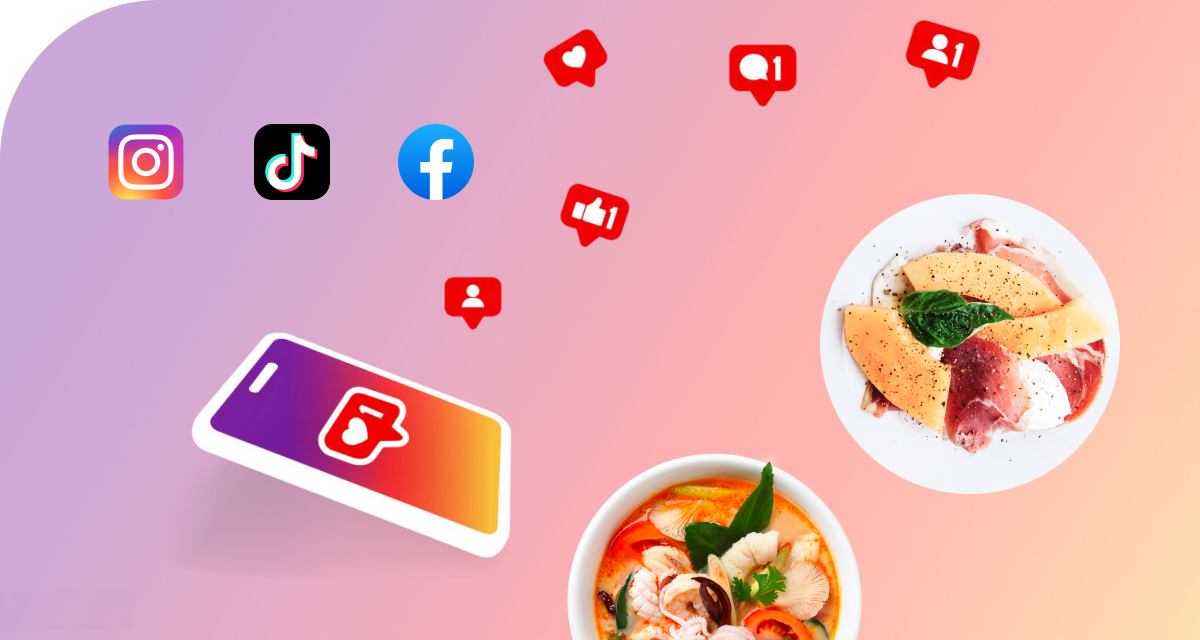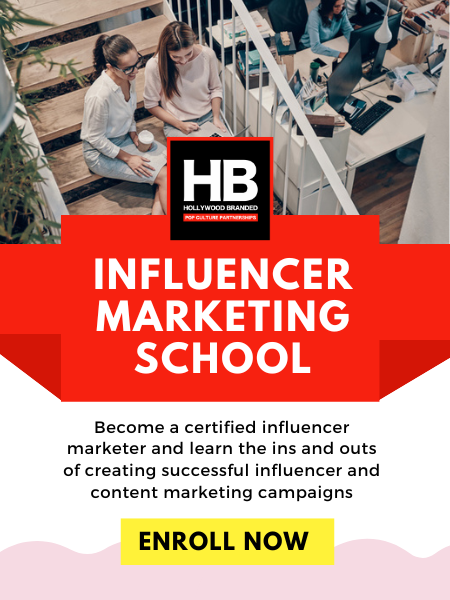Four brands that are doing sensory marketing right
Table Of Contents
How Non-Food Brands Are Using Food to Sell More
Food is universal - it brings people together, sparks emotions, and creates experiences. But in recent years, it has also become one of the most powerful marketing tools for non-food brands. Beauty, fashion, and lifestyle companies are using food as a way to connect with consumers, create viral moments, and drive sales.
From limited-edition food-inspired products to high-profile brand collaborations with fast-food chains, the intersection of food and retail marketing is everywhere. In this article, Hollywood Branded explores how beauty, clothing, and lifestyle brands leverage food marketing to captivate consumers and stand out in competitive industries.

The science behind sensory marketing
Brands utilize sensory marketing to make consumers feel as if they can taste, smell, or even experience their products before purchasing. This strategy grabs attention by triggering emotions and memories, making products feel more tangible even when shoppers cannot physically try them in person. The use of food in marketing allows brands to create an emotional connection with consumers by appealing to familiar scents, textures, and flavors.
When done effectively, sensory marketing leaves a lasting impression, making products more desirable and driving impulse purchases. By leveraging sight, sound, and association with taste and smell, brands can bring their products to life and create a powerful, memorable experience for their audience.

Photo Credit: Tastewise
Saie's Butter smooth campaign
Saie, the clean beauty brand known for its minimalist yet high-performing products, launched a butter-themed campaign to promote its hydrating and luminous formulas. The campaign featured rich, creamy textures reminiscent of softened butter, visually reinforcing the smooth, dewy finish of Saie’s products.
By associating its formulas with the indulgent and comforting qualities of butter, Saie tapped into sensory marketing, making consumers feel as if they could almost feel the richness on their skin. This strategy aligned perfectly with the brand’s emphasis on nourishment and hydration, creating an irresistible allure that made the campaign go viral.
 Photo Credit: Instagram @Saiebeauty
Photo Credit: Instagram @Saiebeauty
Rhode Marketing campaigns
Hailey Bieber’s Rhode skincare line consistently integrates food into its branding to create an immersive, sensory-driven marketing experience. From cinnamon rolls to sugar cookies and milk, Rhode’s campaigns make skincare feel as indulgent and comforting as a warm dessert. This strategic use of food imagery aligns perfectly with the brand’s minimalist and nourishing skincare philosophy.
Rhode markets with a glazed donut to represent clear and glowing skin, tapping into the idea that skincare should look and feel as delicious as a treat. By visually and thematically connecting Rhode products to delicious flavors and textures, Bieber and her marketing team have built a brand that feels both luxurious and accessible, making their skincare products even more desirable.
 Photo Credit: Rhode.com
Photo Credit: Rhode.com
Glossier’s Black Cherry Balm Dotcom
Glossier introduced its Black Cherry shade in the Balm Dotcom line, using cherries as a central visual motif in its campaign. The deep red shade was marketed with imagery of fresh, glossy cherries, reinforcing the product’s rich, juicy appeal. This clever marketing move made the lip balm feel like an edible treat, playing on the idea of luscious, fruit-inspired beauty.
The connection to cherries not only made the shade instantly recognizable but also created a sensory link between the product and the experience of biting into a ripe cherry, further fueling consumer desire.
 Photo Credit: Glossier.com
Photo Credit: Glossier.com
Jacquemus’ Bread and Butter Sensory Marketing
Luxury fashion brand Jacquemus took sensory marketing to the next level with its bread-and-butter campaign. The campaign featured visuals of freshly sliced bread with melted butter to evoke the feeling of softness and luxury, drawing a direct connection between texture and fashion. By using food to symbolize the rich, buttery feel of their clothing, Jacquemus turned an everyday food item into a metaphor for high-end materials.
This clever marketing strategy engaged consumers’ senses and emotions, making them crave not just the bread, but the luxurious fashion pieces it represented.
 Photo Credit: Culted.com
Photo Credit: Culted.com
Why Food Marketing Works for Non-Food Brands
The fusion of food with beauty, fashion, and lifestyle marketing isn’t just about aesthetics - it’s about psychology. Food triggers emotional connections, nostalgia, and sensory appeal, making brands more memorable and desirable. By incorporating food into their marketing, non-food brands:
-
Create shareable, viral moments on social media.
-
Tap into nostalgia and emotional connections.
-
Encourage impulse purchases by making products feel exclusive.
-
Strengthen brand identity by associating with beloved food items.
Eager To Learn More?
Food marketing isn’t just for restaurants and snack companies anymore. Beauty brands, clothing lines, and lifestyle businesses are using food to engage consumers, drive sales, and create unforgettable brand experiences. Whether through limited-edition flavors, fast-food collaborations, or dessert-inspired packaging, food has become a key ingredient in modern marketing.
Explore more insights on marketing and branding from Hollywood Branded:
Want to stay in the know with all things pop culture? Look no further than our Hot in Hollywood newsletter! Each week, we compile a list of the most talked-about moments in the entertainment industry, all for you to enjoy!







